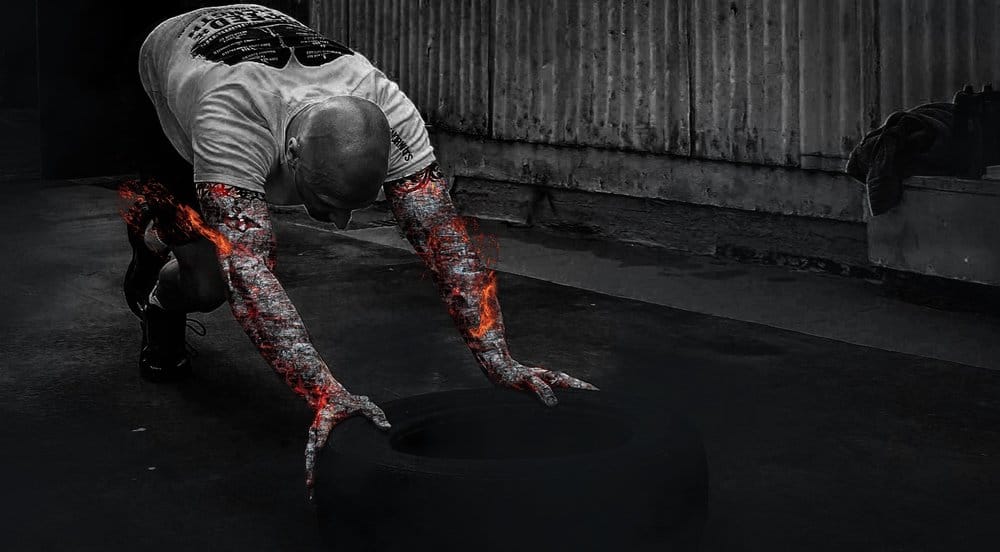Medication is often the go-to when it comes to numbing pain. But, are you aware of how movement and exercise can be helpful too?
We take a look at the importance of mobility when it comes to pain relief and what you can do to get moving.
How does movement aid the pain?

Movement can help ease torment in a variety of different ways and not only that, it can improve function for musculoskeletal pain sufferers too.
Improving function in this way has been found to reduce disability, lower feelings of depression and improve someone’s physical condition and quality of life.
When it comes to a person’s wellbeing, exercise can help regulate sleep patterns and reduce stress levels. It’s clear to see that movement is not only about losing weight or keeping fit — it’s also crucial for a range of other things.
Actions to consider?
Agitating your pain further is the last thing you want to do, if you’re suffering from chronic pain permanently or temporarily.
The following types of exercise are low impact and can work towards building up your strength and managing your pain.
- Yoga
Studies shows that implementing yoga in your lifestyle can help ease with back pain.
One study, for example, discovered significant differences between the brains of those who experienced chronic pain and the brains of those who regularly practised yoga.
Researchers found that the sufferers of chronic pain had less of the kind of brain tissue in the regions that help us tolerate pain. On the other hand, those who did yoga had more of this brain tissue.
Yoga isn’t encouraged for those Although yoga may not be beneficial for those who experience severe pain, it can benefit individuals who have occasional soreness or long-lasting aches.
This is through practising certain postures that lengthen the spine, improve alignment, and stretch and strengthen the muscles.
When it comes to easing back pain, stretching in the right way can release built-up tension and eliminate some of this pain.
If you want to use yoga for this sort of relief, gentle yoga is what you should focus on, as more strenuous styles could cause damage. Always ask what sort of class it is before you sign up.
Certain poses offer more room for stretches and strengthening than others. The ‘extended child’s pose’, for example, lengthens the sides of the body whilst providing traction on the spine. And, the ‘cobra’ is all about stretching and strengthening the spine.
When doing yoga, you might benefit from the other health perks of the exercise. These include lowered heart rate and blood pressure and reduced symptoms of depression and anxiety.
- Hydrotherapy
Another way to relieve pain with movement is through hydrotherapy. This involves the use of water to help with exercises and strength building.
Activities go from simple schedules that are done in shallow water, to the use of high-tech equipment such as underwater treadmills.
The presence of the water counteracts gravity and helps support the person’s weight, making them feel lighter and able to move more freely.
When it comes to those who suffer from back pain, the water is able to minimise the axial load (weight on the spine) and allow them to do exercises that they may not be able to do on land.
The viscosity in water also creates resistance which allows people to do muscle-strengthening exercises without a risk of further injury through loss of balance — something that they may not have been able to do on land, either.
Water therapy can help pain sufferers from a variety of backgrounds. In particular, individuals with the following conditions are referred for hydrotherapy: osteoarthritis, advanced osteoporosis and with muscle strain or tears.
Each person’s water therapy programme is different, some pain sufferers do solely water therapy exercises and others use a combination of land-based and water-based exercises to manage their pain or rehabilitate.
- Pilates
Similar to Yoga in the same vain that they focus primarily on breathing control and gentle exercises. But, yoga is more about poses that emphasise relaxation and meditation, and Pilates is usually performed as a flow of movement rather than static exercises.
Using special equipment and usually a mat, Pilates is a low-impact exercise. Specialised apparatus can help resistance if you want to build muscle.
Alternatively, the apparatus can be used to support someone with back pain to allow them to do certain movements. The performed exercises focus on improving your flexibility, strength and body awareness by working with your abdominal core muscles.
Pilates has been found to relieve individuals of back pain and practitioners of the form say that the exercise improves posture, muscle tone, balance and joint mobility. In addition to this, it works with your body to relieve stress and tension.
You can do Pilates at work too with desk exercises. You can find examples of these online, they’re all about controlled breathing and strengthening different muscle groups.
Aside from these, there are other gentle exercises that you can do. Speak to your GP about which exercises will be best for your pain management needs and keep active to improve your overall wellbeing.
